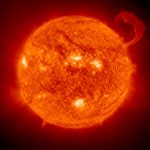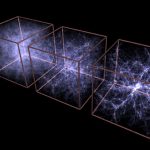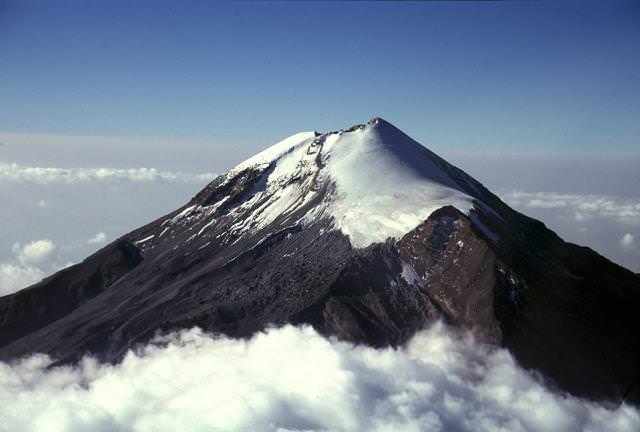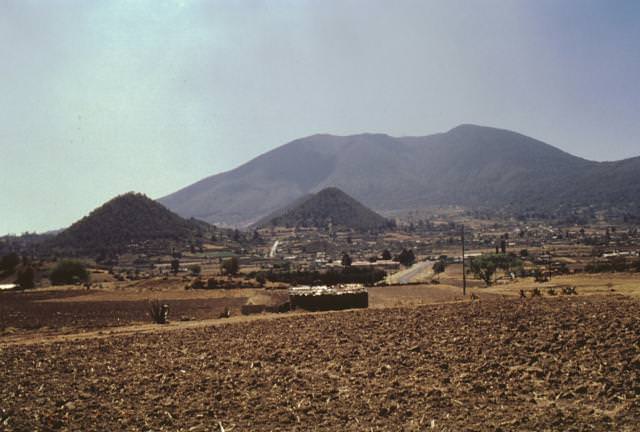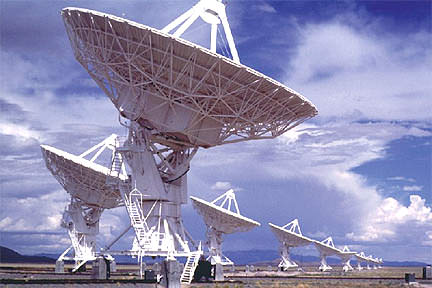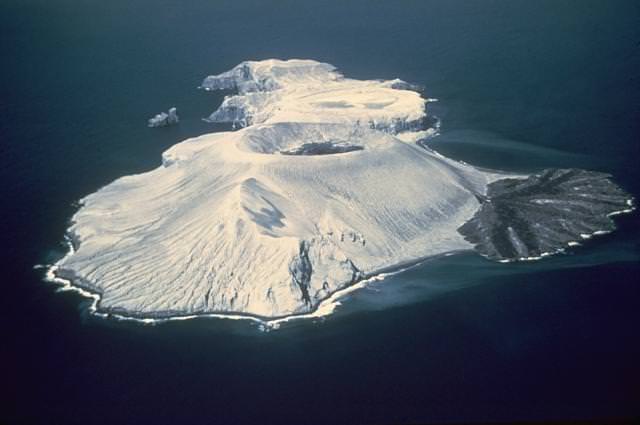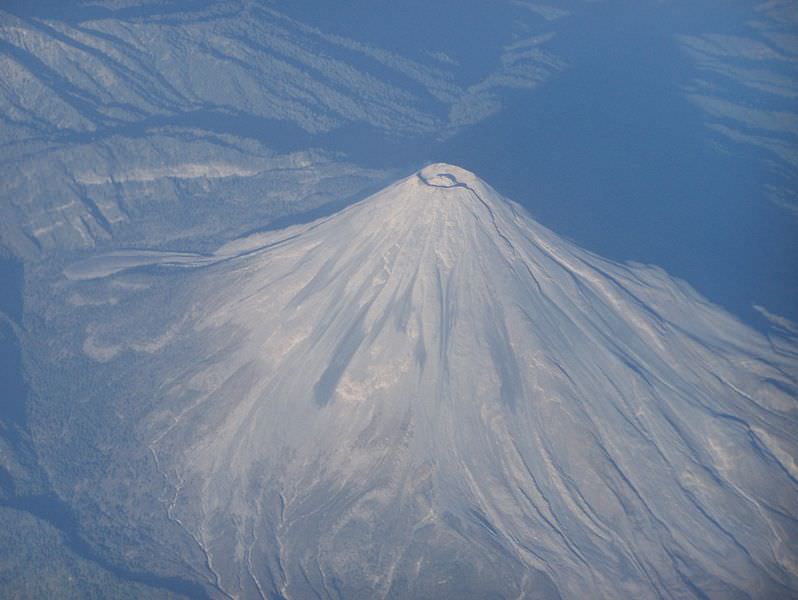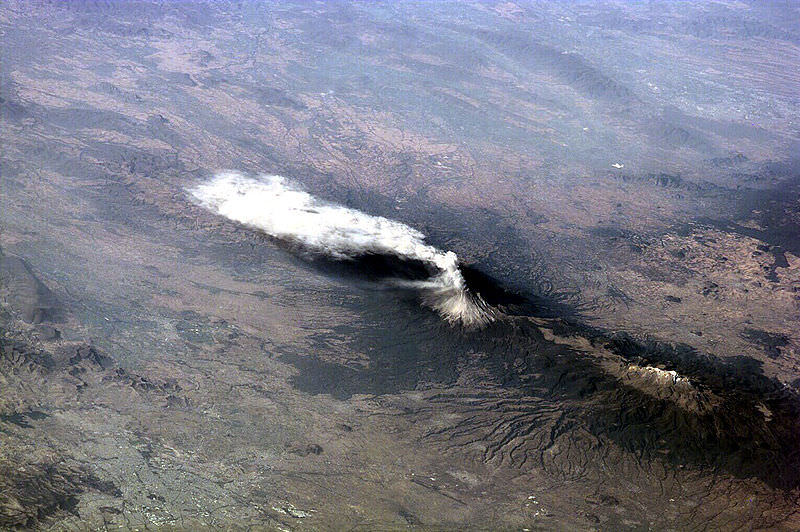While having lunch with colleagues at Los Alamos National Labs in 1950, physicist Enrico Fermi mused about the likelihood of intelligent life existing elsewhere in the Universe. Fermi, one of the most astute scientists of his day, thought the size and age of the Universe means many advanced civilizations should have already colonized the galaxy, just as humans colonized and explored the Earth. But if such galaxy-wide extraterrestrial civilizations exist, he wondered, where are they?
Some believe this problem, called the Fermi Paradox, means advanced extraterrestrial societies are rare or nonexistent. Others suggest they must destroy themselves before they move on to the stars.
But this week, Jacob D. Haqq-Misra and Seth D. Baum at Penn State University proposed another solution to the Fermi Paradox: that extraterrestrial civilizations haven’t colonized the galaxy because the exponential growth of a civilization required to do so is unsustainable.
The researchers call their idea the “Sustainability Solution”. It states: “The absence of ETI (extra-terrestrial intelligence) observation can be explained by the possibility that exponential or other faster growth is not a sustainable development pattern for intelligent civilizations.”
The researchers base their conclusions on a study of civilizations on Earth. Historically, rapid growth of societies means rapid resource depletion and environmental degradation, usually with dire results. They cite the example of Easter Island, where resource depletion likely caused a collapse of the local population. And they conclude that while there are examples of sustainable growth like the !Kung San people of the Kalahari Desert, exponential growth in population and spatial expansion of a society is almost always linked to unsustainable growth and eventual collapse.
This principle has implications for our current global civilization. Since Earth’s resources are finite and it receives solar radiation at a constant rate, human civilization cannot sustain an indefinite, exponential growth. But even if we survive and advance as a civilization, we may have trouble colonizing the galaxy should we ever decide to do so. And if this limitation applies to us, it may apply to other civilizations as well.
But the Sustainability Solution doesn’t mean ET is not out there. Slower-growth extraterrestrial societies might still communicate by radio or other wavelengths, so current SETI programs still make sense. Or ETI may result in chemical bio-markers in planetary atmospheres which may leave spectroscopic signatures detectable with upcoming generations of Earth and space-based planet-hunting telescopes.
The Sustainability Solution also allows that advanced civilizations may indeed colonize the galaxy, then collapse as resources are consumed at an unsustainable rate.
And some civilizations may send small messenger probes to other stars, which suggests a search for extraterrestrial artifacts (SETA) within our own solar system might be just as fruitful as radio-based SETI. Searches might involve radio or visible detection of extraterrestrial probes orbiting the sun. Or artifacts may even be embedded within planets or moons of our solar system, just like the giant black monoliths in Arthur C. Clarke’s 2001: A Space Odyssey.
In any case, the discovery of artifacts from a slow-growth extraterrestrial civilization would be an example “sustainable development” on a galactic scale.
You can read the original article here.


